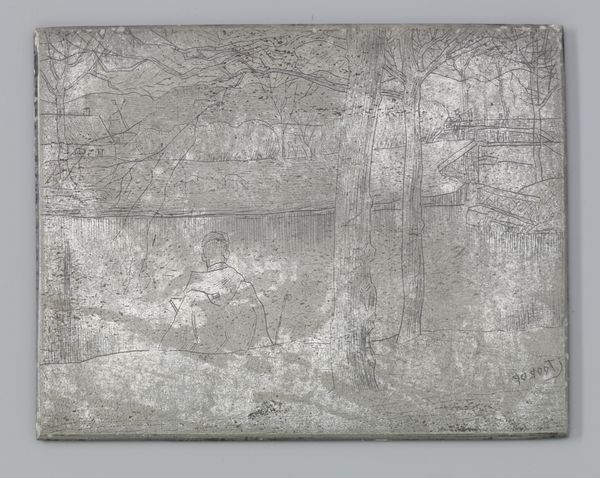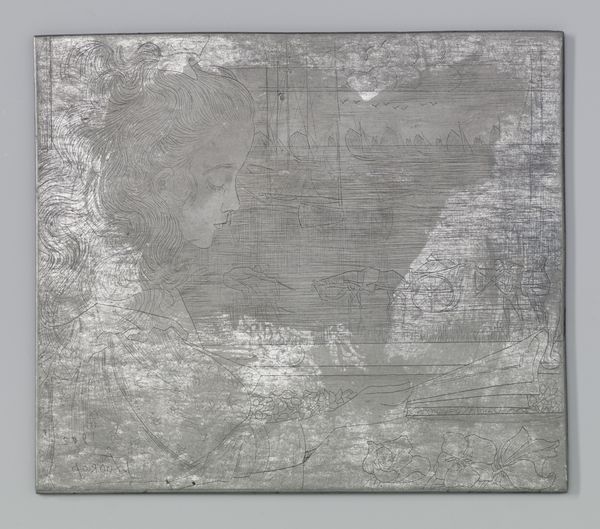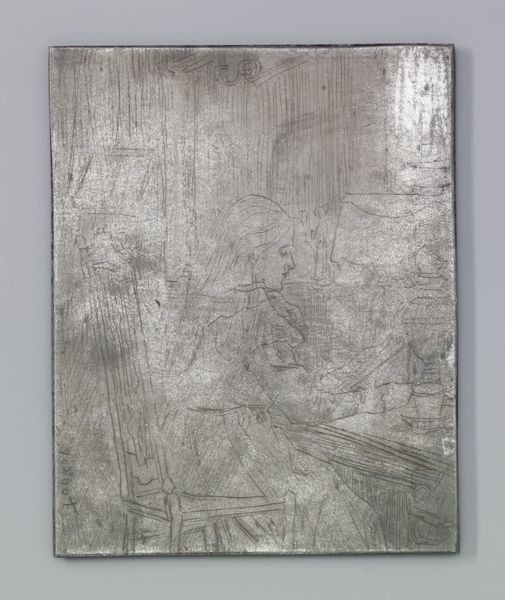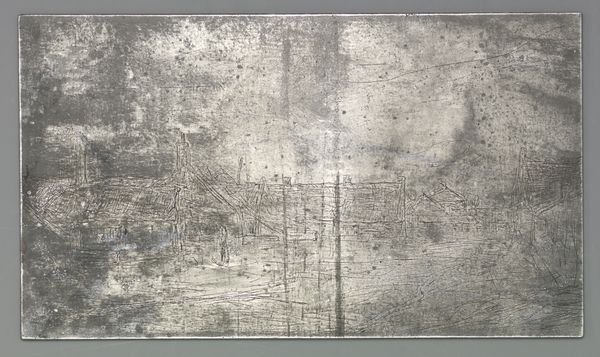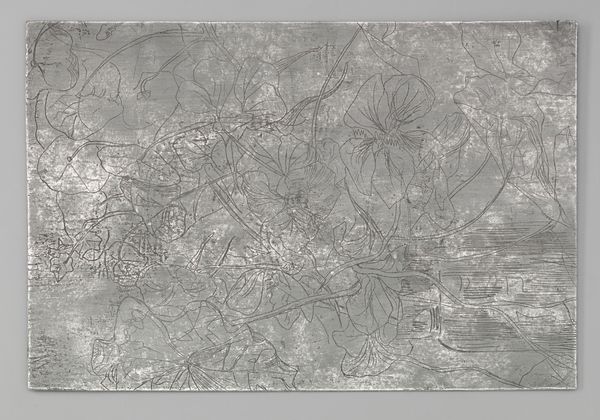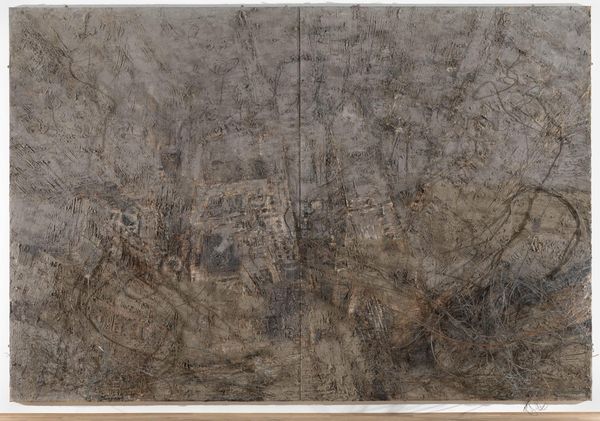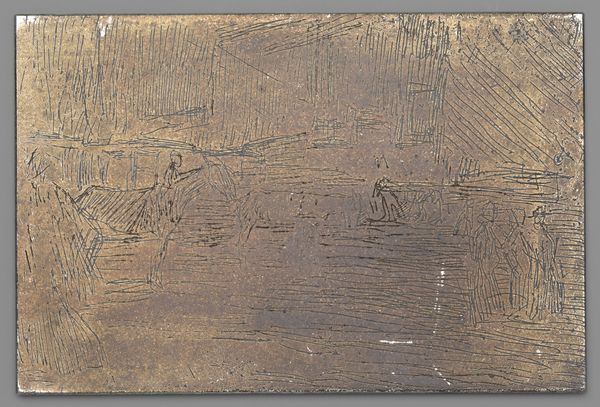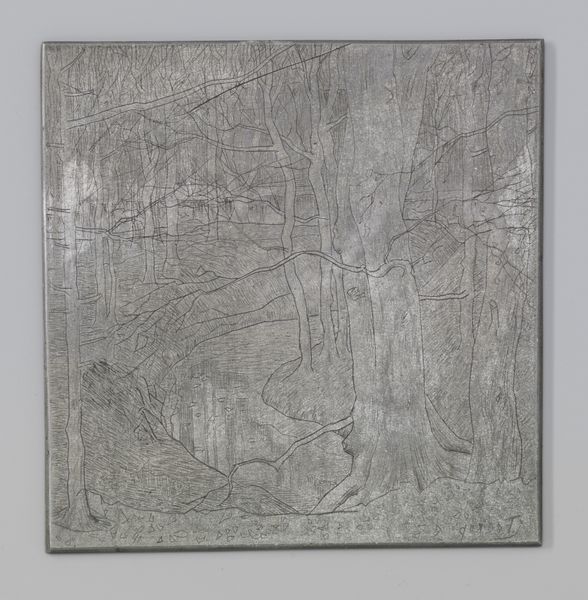
drawing, print, etching
#
drawing
# print
#
impressionism
#
etching
#
landscape
#
line
#
northern-renaissance
Dimensions: height 115 mm, width 175 mm
Copyright: Rijks Museum: Open Domain
Curator: This is Floris Verster's "Village Church Behind Trees," an etching created in 1888. You can find this print amongst the collection here at the Rijksmuseum. Editor: It's so delicate. At first glance, it appears almost faded, as if looking at a ghostly memory through a dense thicket. The lines are incredibly fine. Curator: That quality comes from Verster's experimentation with etching. Note how he uses a network of precise lines to create a detailed composition with starkly contrasting tones and shading to give the scene depth. Editor: Right, there is depth and density, but the nearly monochromatic palette mutes it somehow. Tell me more about how this choice impacts the politics of imagery. Curator: During this period, artists often sought to capture the changing landscapes brought about by industrialization. I see a deliberate romanticization of the Dutch countryside. He highlights the quiet solitude and permanence of rural life against a backdrop of a rapidly urbanizing society. Editor: I do get a sense of something persistent trying to exist just beyond our easy vision. I see how we're confronted by an intersection of change, of the old clashing against this idea of new society. We can question who is given power through art and how historical forces influence an artist’s perspective. It suggests the complex relationship between religion, the land, and the evolving social landscape. It's not just a landscape—it's a statement. Curator: It's certainly a commentary on the perceived loss of innocence that occurs in the context of progress and social evolution. The almost ethereal quality speaks volumes about the era's anxieties surrounding these developments. Editor: The composition seems to evoke feelings of melancholy, like witnessing the last vestiges of a disappearing world. Even the medium seems almost an echo of a time before, clinging to its delicate structure as its borders blur around it. It prompts reflection on the past and perhaps, anxiety about the future. Curator: I'll certainly agree with you on the element of anxiety it communicates. The placement of this etching is not incidental—it underscores the institution’s role in shaping perspectives of art’s place in these socio-cultural dialogues. Editor: I feel it's less of an ending and more of a critical point of interrogation. I will definitely return to this.
Comments
No comments
Be the first to comment and join the conversation on the ultimate creative platform.
